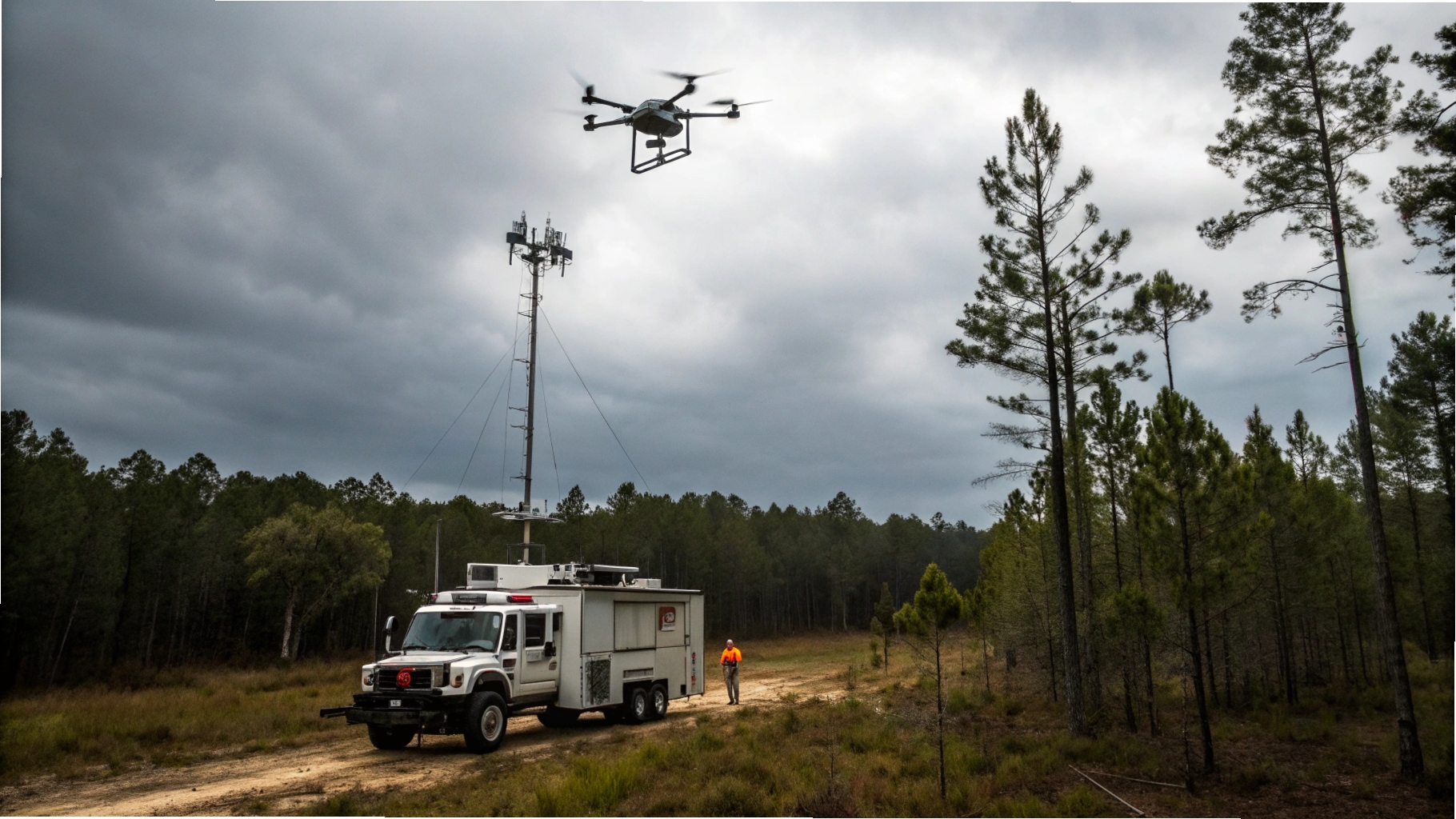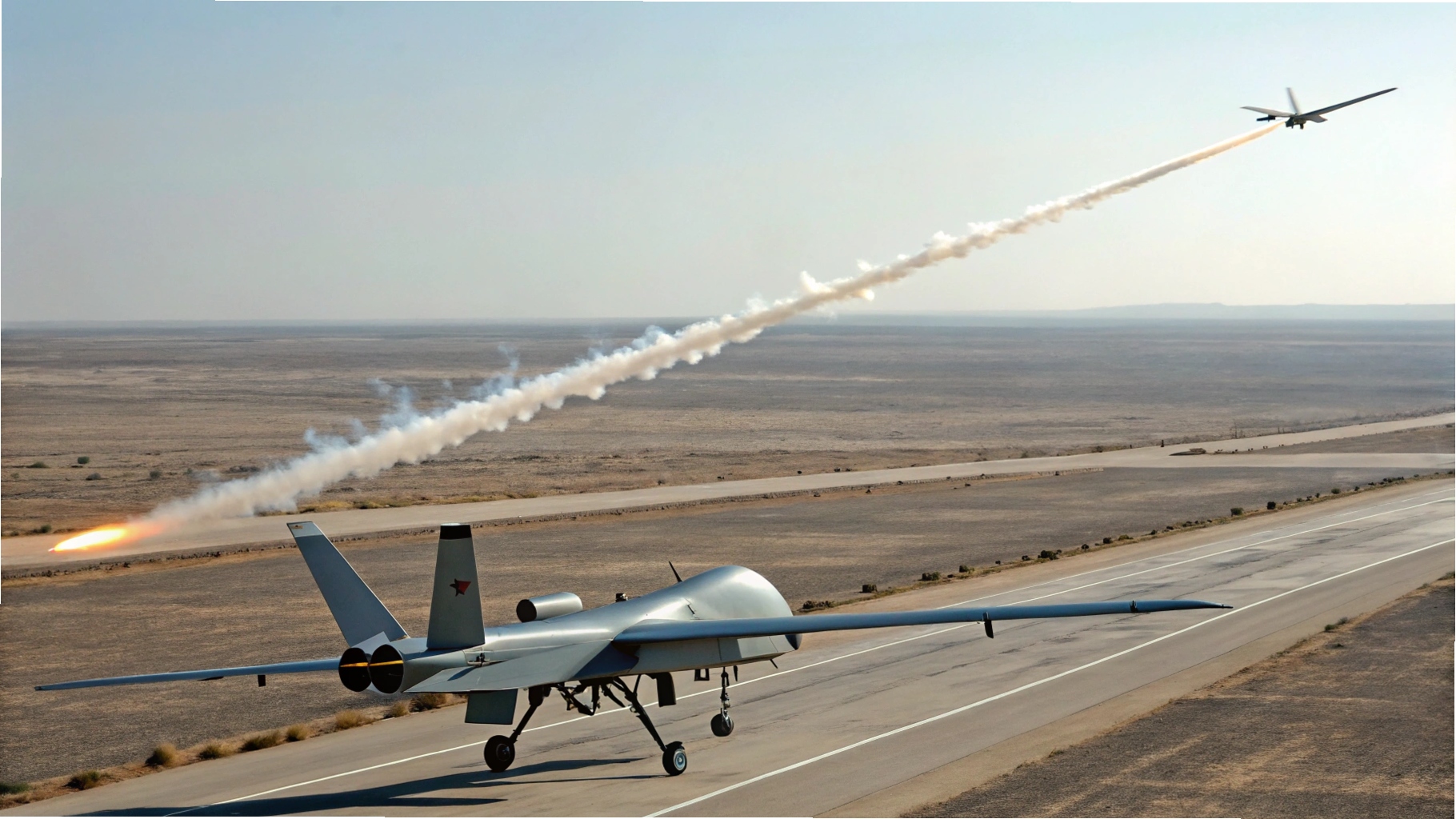
The U.S. Air Force Research Laboratory (AFRL) is seeking proposals to develop high-precision atomic clock systems for use in small unmanned aerial system (UAS) swarms. These systems aim to provide accurate Position, Navigation, and Timing (PNT) in GPS-denied or degraded environments, enabling drones to operate in tight coordination without relying on satellite navigation.
The core technology, the Joint Multi-INT Precision Reference VPX ruggedized system, integrates the Next Generation Atomic Clock. It is designed to achieve single-digit picosecond stability and sub-nanosecond accuracy, providing unprecedented synchronization for drone swarms. With this capability, UAS formations can maintain precise internal time references, allowing coordinated maneuvers, collaborative sensing, and target tracking across contested operational spaces.
The AFRL initiative responds to the increasing prevalence of electronic warfare threats, including GPS jamming and spoofing. Conflicts such as those in Ukraine have highlighted the vulnerability of satellite-dependent navigation systems, necessitating resilient solutions. By providing drones with onboard atomic clocks, swarms can operate effectively even when GPS signals are denied.
The program specifies a decentralized PNT architecture in which drones calculate relative positions using onboard sensors and inter-drone measurements. The system is initially designed to support four-drone formations, with scalability to larger swarms in mind. SWaP compliance is critical, ensuring that atomic clock systems fit within compact UAV designs without compromising operational performance.
The proposed system will allow drones to maintain temporal coherence, synchronize operations, and execute coordinated missions under electronic attack conditions. AFRL emphasizes that this capability is critical for enabling formation flying, sensor fusion, and mission coordination in highly contested environments.
Industry partners are encouraged to submit solutions that balance extreme timing precision with practical deployment, robust integration, and electronic resilience. Successful adoption of atomic clock-based PNT will enhance autonomous drone operations, providing U.S. forces with the ability to conduct coordinated, resilient, and effective aerial missions in GPS-denied or degraded conditions.
This program underscores the strategic importance of precision timing in modern autonomous systems. By equipping drone swarms with atomic clocks, the Air Force seeks to ensure operational continuity, mission success, and tactical superiority, establishing a new standard for unmanned aerial coordination and resilience in complex operational theaters.





